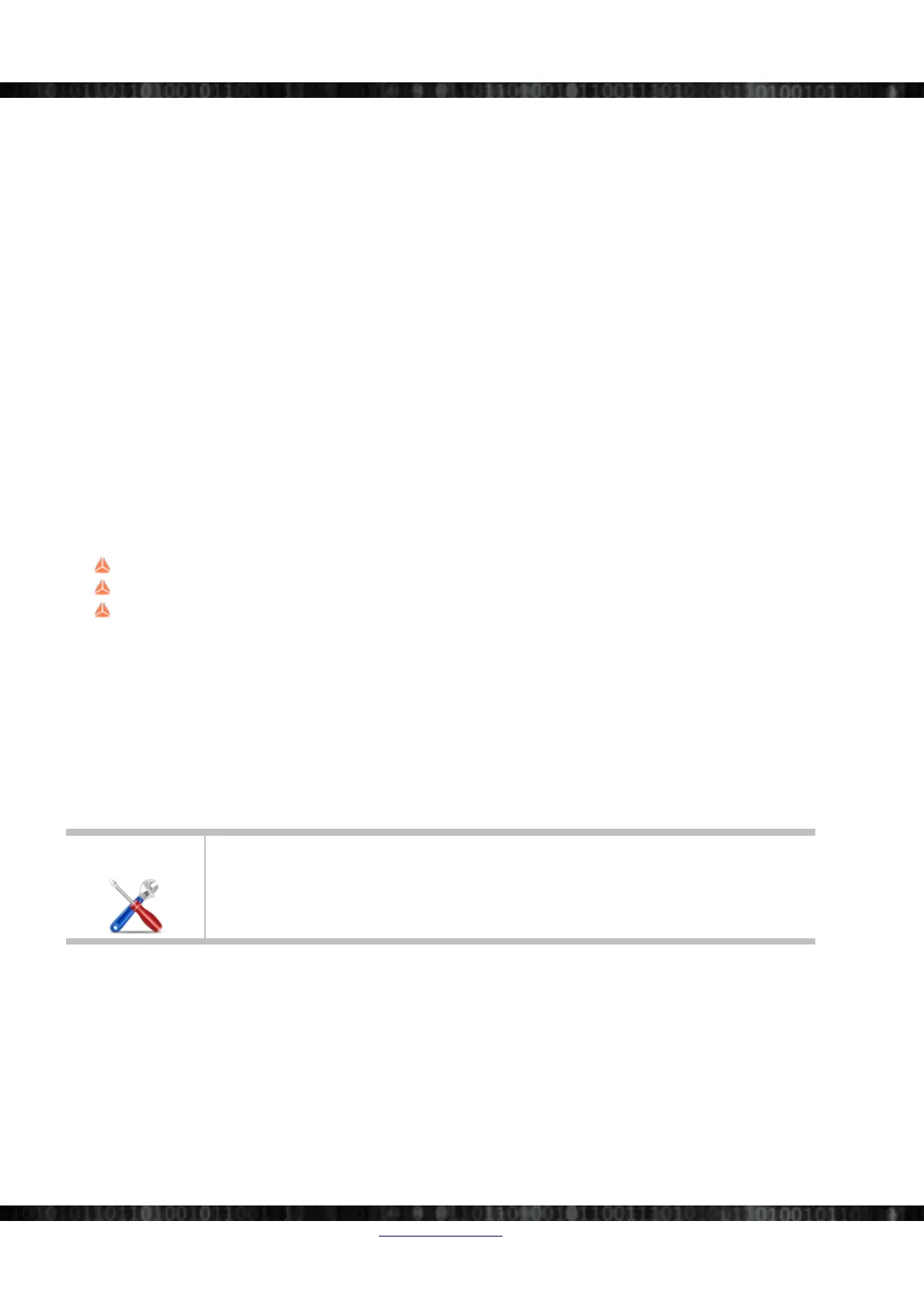SIRIUS®
Digital filters
A digital filter is a system that performs mathematical operations on a sampled, discrete-time signal to reduce or
enhance certain aspects of that signal. In comparison to analogue filters, digital filters require complex electronics (i.e. a
digital signal processor – aka. DSP) to calculate the filter-results.
There are 2 types of digital filters that will be used in the following discussion:
IIR filter
In theory the impulse response of an IIR (Infinite Impulse Response) filter does not become exactly zero past a certain
point, but continues indefinitely. In practice, the impulse response even of IIR systems usually approaches zero and can
be neglected past a certain point. IIR filters can have the same characteristics as analogue filters.
The main advantage that digital IIR filters have over FIR filters is their efficiency in implementation. A disadvantage is
that linear phase is difficult to achieve.
FIR filter
A FIR (Finite Impulse Response) filter, is a filter whose impulse response (or response to any finite length input) is of
finite duration, because it settles to zero in a finite time.
An FIR filter has a number of useful properties which sometimes make it preferable to an infinite impulse response
(IIR) filter. FIR filters:
require no feedback: i.e. any rounding errors are not compounded by summed iterations
are inherently stable: since the output is a sum of a finite number of finite multiples of the input values
can easily be designed to be linear phase
The main disadvantage of FIR filters is that considerably more computation power is required compared to an IIR filter
with similar sharpness or selectivity, especially when low frequency (relative to the sample rate) cut-offs are needed.
However many DSPs (digital signal processors) provide specialized hardware features to make FIR filters
approximately as efficient as IIR for many applications.
6.1.1.7 Oversampling
Oversampling means, that the sampling rate of the ADC is significantly higher, than its output rate. Oversampling
improves resolution, reduces noise and helps avoid aliasing and phase distortion by relaxing anti-aliasing filter
performance requirements.
EXAMPLE 1
When we want to measure a 1kHz sine-wave signal, the Nyquist theorem dictates, that we
need at least a sample rate of 2kHz. When we now sample the signal with 4kHz (instead of
the minimum required 2kHz), we oversample by the factor of 2.
6.1.2 Filter Design
Since ideal filtering is not possible, we need to carefully design our filters to achieve the desired results.
One important goal is that want to have a very sharp damping, so we need a high-order filter, which in turn means, that
we will use a digital filter. Moreover we want to have a linear phase, so we choose a FIR filter (the performance of the
DSP in Sirius® is powerful enough to handle this demanding computation).
Another important goal is to minimise errors introduced by aliasing. So the FIR filter alone will not be sufficient (since
digital filters are subject to aliasing).
In the following examples, we assume that we want to measure a signal between 0 and 800Hz and we will consider how
higher-frequency components in the input signal affect the measurement result.
Page 130/166 www.dewesoft.com Doc-Version: 1.4.2
